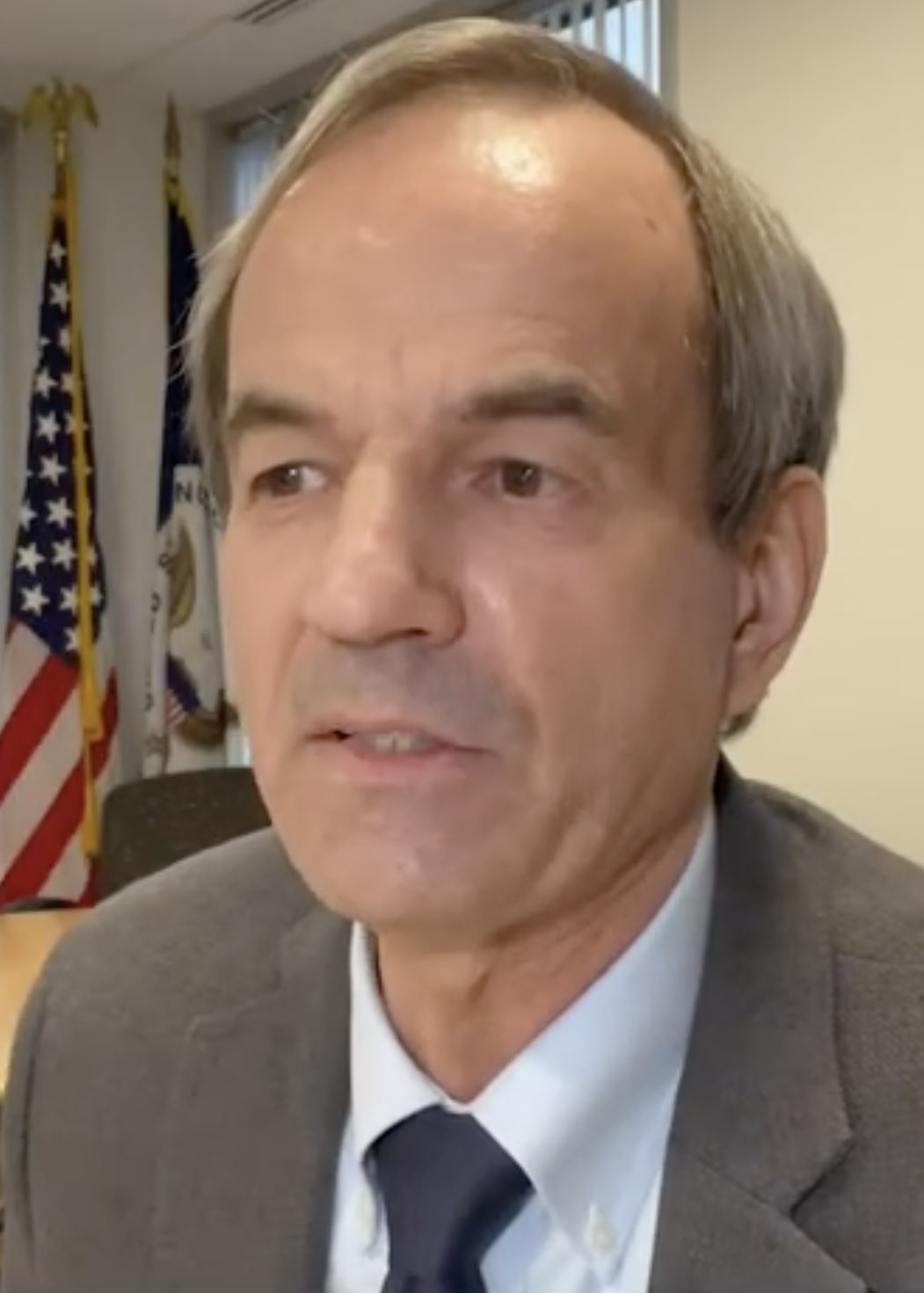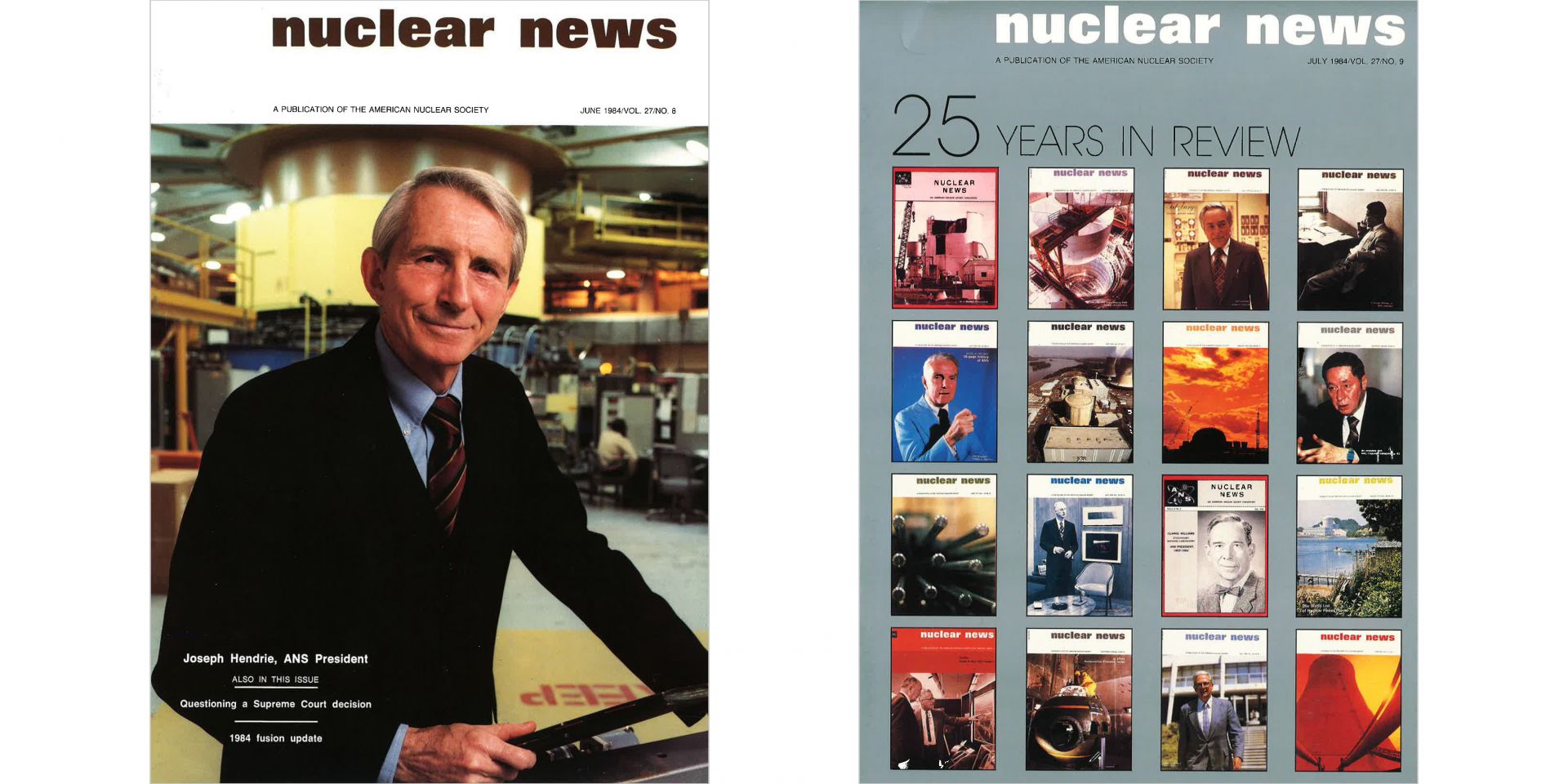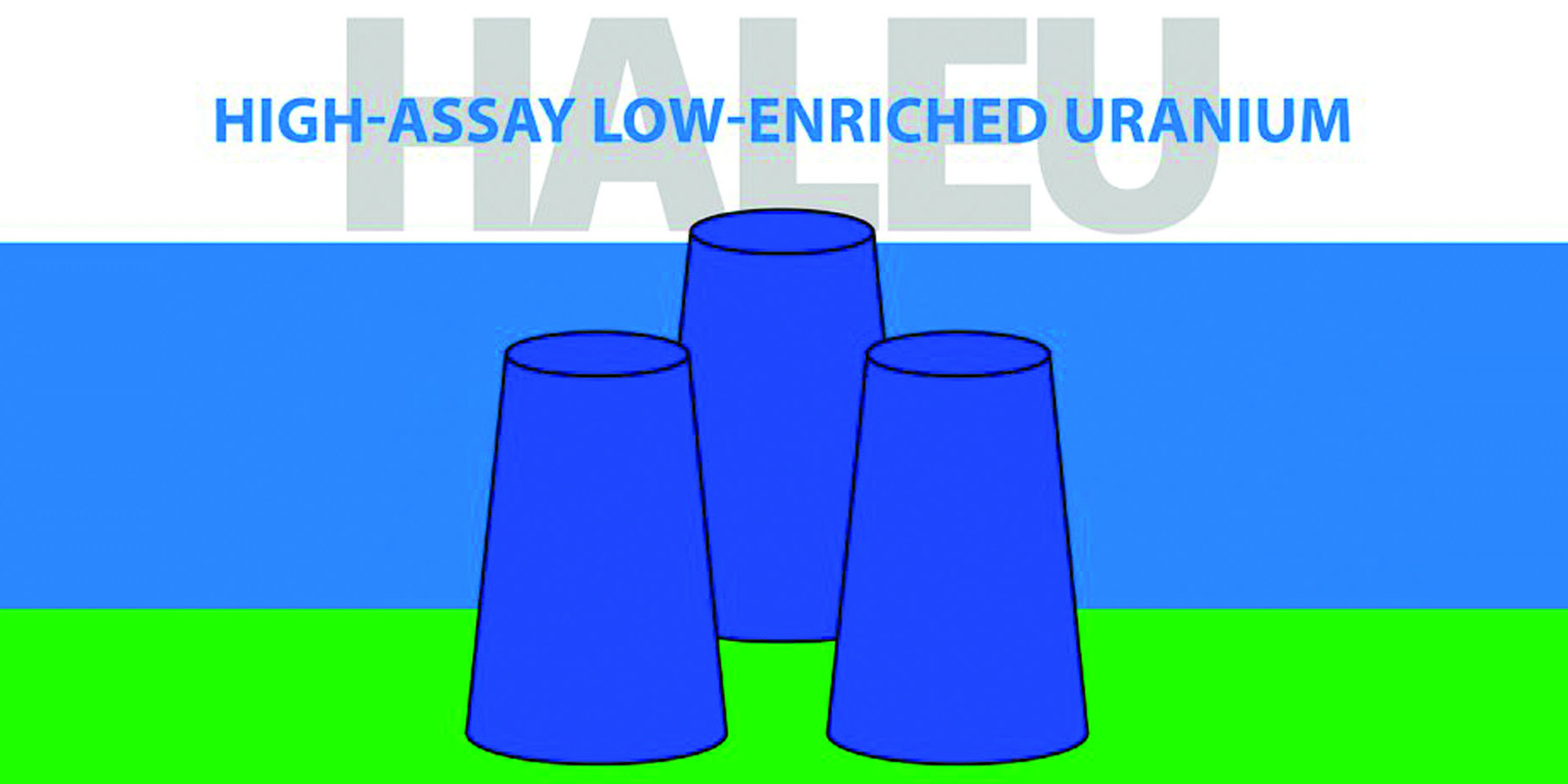NNSA releases annual M&O performance reviews
The National Nuclear Security Administration has issued the fiscal year 2023 results of the performance of its managing and operating (M&O) partners in meeting the agency’s expectations.
Published since 1959, Nuclear News is recognized worldwide as the flagship trade publication for the nuclear community. News reports cover plant operations, maintenance and security; policy and legislation; international developments; waste management and fuel; and business and contract award news.

A message from Electrical Builders, Ind.
America’s Top Performing Nuclear Plants Rely on Electrical Builders, Industries to Expand and Extend the Life of Their Critical Electrical Assets
The National Nuclear Security Administration has issued the fiscal year 2023 results of the performance of its managing and operating (M&O) partners in meeting the agency’s expectations.

Designs for high-tech products, and the start-ups that offer them, will always outnumber the commercial successes. Ditto: many more power plants are proposed than actually get built, no matter what the technology.
This is an axiom of free-market economies, but in early November 2023 it became painfully obvious in the advanced reactor field. NuScale Power, the only advanced reactor that has made it through the licensing gauntlet, acknowledged that the consortium of utilities that was its intended launch customer had failed to put together a feasible package.

Argonne’s newest beamline uses heavy ions to degrade a material’s properties as much in a day as a nuclear reactor does in a year, without introducing radioactivity. That’s according to an article published January 16 by Argonne National Laboratory. The Argonne Tandem Linac Accelerator System (ATLAS) now boasts a new beamline—the ATLAS Material Irradiation Station, or AMIS—that uses the accelerator’s lowest high-energy beams to displace atoms and mimic the degradation of materials inside an operating reactor over time. AMIS makes it easier and faster to test candidate fuel and structural materials for existing and future reactors.
Are you an energy genius? It’s hard to tell whether or not Americans are really aware of the energy that controls our lives, so the following quiz should be revealing. Click through the multiple-choice options below to reveal the answers. Most answers can be found in the pages of the 2023 issues of Nuclear News—if you’ve been a diligent NN reader you should do fine!
Scoring: Zero to five correct answers out of the 20 questions means you may need to read up on energy in order not to be at the mercy of others. Six to 10 correct answers is a good passing grade. Eleven to 15 right answers means you’re really energy literate. Sixteen to 19 correct answers means you should be advising Congress. Twenty right answers suggests you’re Mr. Spock reincarnated.
A growing number of institutional, national, and funder mandates are requiring researchers to make their published work immediately publicly accessible, through either open repositories or open access (OA) publications. In addition, both private and public funders are developing policies, such as those from the Office of Science and Technology Policy and the European Commission, that ask researchers to make publicly available at the time of publication as much of their underlying data and other materials as possible. These, combined with movement in the scientific community toward embracing open science principles (seen, for example, in the dramatic rise of preprint servers like arXiv), demonstrate a need for a different kind of publishing outlet.

Two Canadian energy companies are teaming up to bring small modular reactors to Alberta.
Capital Power Corporation and Ontario Power Generation announced this week that they will spend the next two years exploring joint opportunities to bring SMRs to the province. Just under 13 percent of Canada’s power comes from its 19 nuclear reactors.

The International Atomic Energy Agency, in cooperation with Argentina, launched a scientific research expedition on January 6 to study microplastics in Antarctica—one of the planet’s most remote areas—as part of an effort to combat widespread microplastic pollution.
Japanese regulators have ordered further review at a nuclear power plant in central Japan following a series of deadly earthquakes that rocked the country on New Year’s Day.

Another calendar year has passed. Before heading too far into 2024, let’s look back at what happened in 2023 in the nuclear community. In today's post, compiled from Nuclear News and Nuclear Newswire are what we feel are the top nuclear news stories from October through December 2023.
Stay tuned for the top stories from the rest of the past year.

Furstenau
Raymond V. Furstenau, currently head of the Nuclear Regulatory Commission's Office of Research, has been named acting executive director for operations, effective January 27, upon Daniel Dorman's retirement and until a permanent replacement has been selected.
The EDO is the highest-ranking NRC career position and carries the responsibilities of overseeing the agency's operational and administrative functions and serving as the chief operating officer.
Praise: "Ray is a seasoned executive with exemplary communication and management skills. He's the right person to lead the NRC staff while the commission works together to identify a permanent executive director for operations," said NRC chair Christopher Hanson.

The United Kingdom’s Department for Energy Security and Net Zero announced plans on January 7 to invest £300 million (about $383 million) to build a high-assay low-enriched uranium (HALEU) enrichment facility in northwest England. The goal? To “end Russia’s reign as the only commercial producer of HALEU.” Britain is now the first European country to declare that it will begin HALEU enrichment in a bid for supply chain security.

This article is the first in a series that will examine the history of small modular reactors.
Small and medium reactors have been an integral part of the U.S. nuclear power enterprise since the early days of the industry. Many of the designs for the next generation of reactors are rooted in the designs of the 1950s and ’60s, but the development and push for deployment have gained momentum only within the last decade.
This recent momentum led a reader of Nuclear News to suggest an article reviewing the history of small modular reactors. NN staff jumped on this idea, deciding a series of articles would do better justice to such a complex and interesting topic.
The United Kingdom released plans yesterday for the biggest expansion of nuclear power in 70 years. Officials outlined Civil Nuclear: Roadmap to 2050 as an opportunity to improve the United Kingdom’s energy independence from foreign sources as it looks to build a new power station and invest in advanced nuclear fuel production.

Another calendar year has passed. Before heading too far into 2024, let’s look back at what happened in 2023 in the nuclear community. In today's post, compiled from Nuclear News and Nuclear Newswire are what we feel are the top nuclear news stories from July through September 2023.
Stay tuned for the top stories from the rest of the past year.

French energy supplier Électricité de France announced this week it will invest $1.7 billion to keep its U.K. fleet in production through 2026.

Joseph Hendrie, Brookhaven National Laboratory physicist, NRC chair, and ANS past president (1984–1985), passed away in his home in Bellport, N.Y., on December 26 at the age of 98.
Hendrie, an American Nuclear Society member since 1956, was a leader in the nuclear community for much of his 45 years in nuclear reactor safety research. He served as the deputy director for technical review of the Atomic Energy Commission’s Directorate of Licensing from 1972 to 1974 and then was appointed chair of the NRC in 1977 (serving a second stint as chair in 1981—the only person to serve two nonconsecutive terms in that role).
As Spain prepares to shutter its fleet of seven nuclear power plants, France considers adding more than 14 new ones.

Another calendar year has passed. Before heading too far into 2024, let’s look back at what happened in 2023 in the nuclear community. In today's post, compiled from Nuclear News and Nuclear Newswire are what we feel are the top nuclear news stories from April through June 2023.
Stay tuned for the top stories from the rest of the past year.

The Department of Energy issued a final request for proposals (RFP) on January 9 for uranium enrichment services to help establish a commercial domestic supply of high-assay low-enriched uranium (HALEU) to fuel a potential fleet of advanced reactors. Without HALEU, advanced reactors will not be able to proceed past the demonstration stage. And given the investments of capital and time required to license and build a nuclear power plant—even a smaller, more efficient advanced reactor—eliminating fuel uncertainty could be what a utility needs to invest in new construction.

Another calendar year has passed. Before heading too far into 2024, let’s look back at what happened in 2023 in the nuclear community. In today's post, compiled from Nuclear News and Nuclear Newswire are what we feel are the top nuclear news stories from January through March 2023.
Stay tuned for the top stories from the rest of the past year.